Exit Director Stefan Hunt + Vanessa Marian’s Short Film ‘Yeah The Boys’ Explores the Fun and the Tragedy of Australian Masculinity
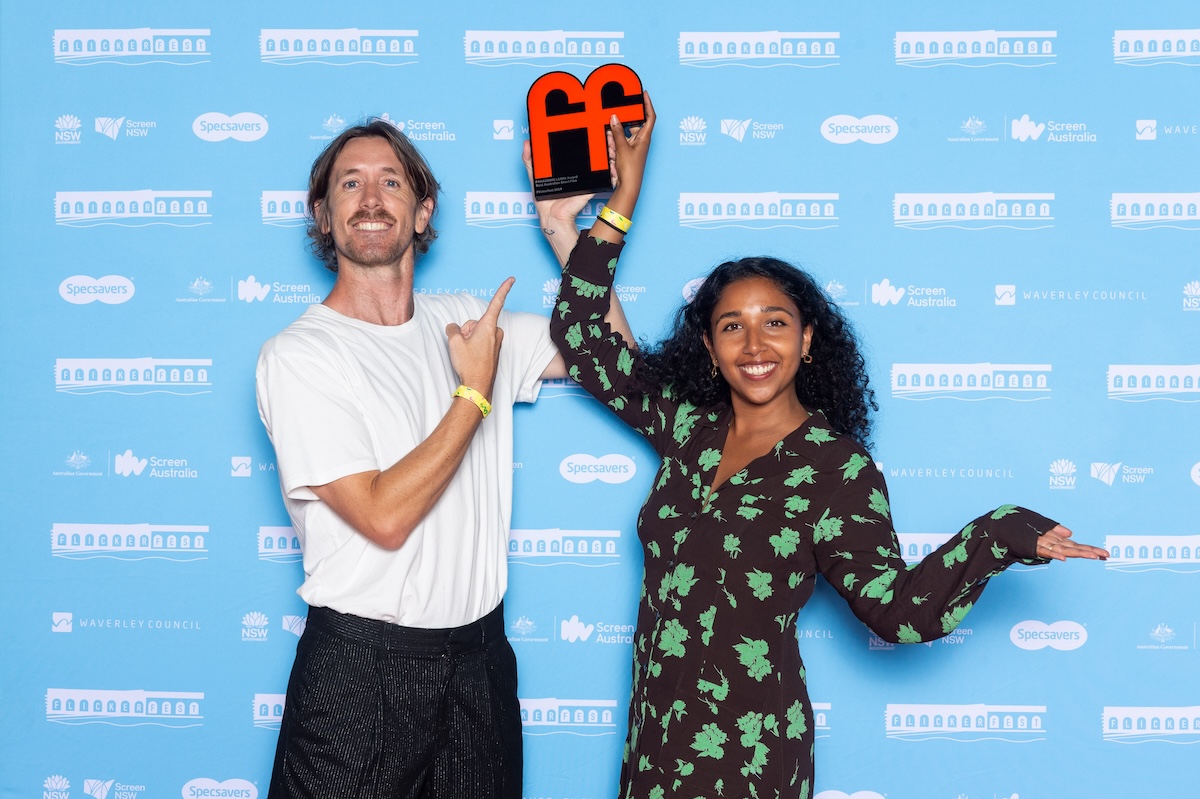
Exit director Stefan Hunt is known for his adventurous approach to directing. His humour is apparent in Hunt’s call to Australia’s bums for “Who Gives a Crap”. His inventiveness is apparent in his edgy reimagining of the classic running commercial for On. His understanding of humanity is apparent in the BAFTA-awarded “They Saw The Sun First”, Hunt’s eight-minute film that explores the wisdom older people have to share, for an audience that’s younger.
Now Hunt has brought all of these assets into a remarkable new project, the short film, “Yeah The Boys”, created with his wife, writer-choreographer, Vanessa Marian.
Six young Aussie men sink beers at a backyard sesh well into the night. It’s fun to watch at first, and then it’s engrossing and uncomfortable. Aussie larrikinism is humorous – until it’s not. Stylistically, “Yeah the Boys” is striking. There are no words. The emotive story is told entirely through its choreography of lewd gestures, chokeholds, crowd surfs, chugging shoeys, and Hunt’s astute directing decisions. Conceptually, the overall idea was to explore how men emote and communicate through everything but language.
That the film is an acutely insightful observation of Australian masculinity and the nation’s relationship with drinking culture told in a powerfully distinctive way has been noted and applauded. “Yeah The Boys” has won Best Australian Short Film at Flickerfest International Film Festival 2024, the Innovation Award and Best Original Score at St Kilda Film Festival 2024, where it was also nominated for Best Cinematography. It was nominated for Best International Short Film at Palm Springs ShortFest 2024, for Best Special Video Project at UKMVA 2024 and Best Dance Film at Bolton Film Festival 2024.
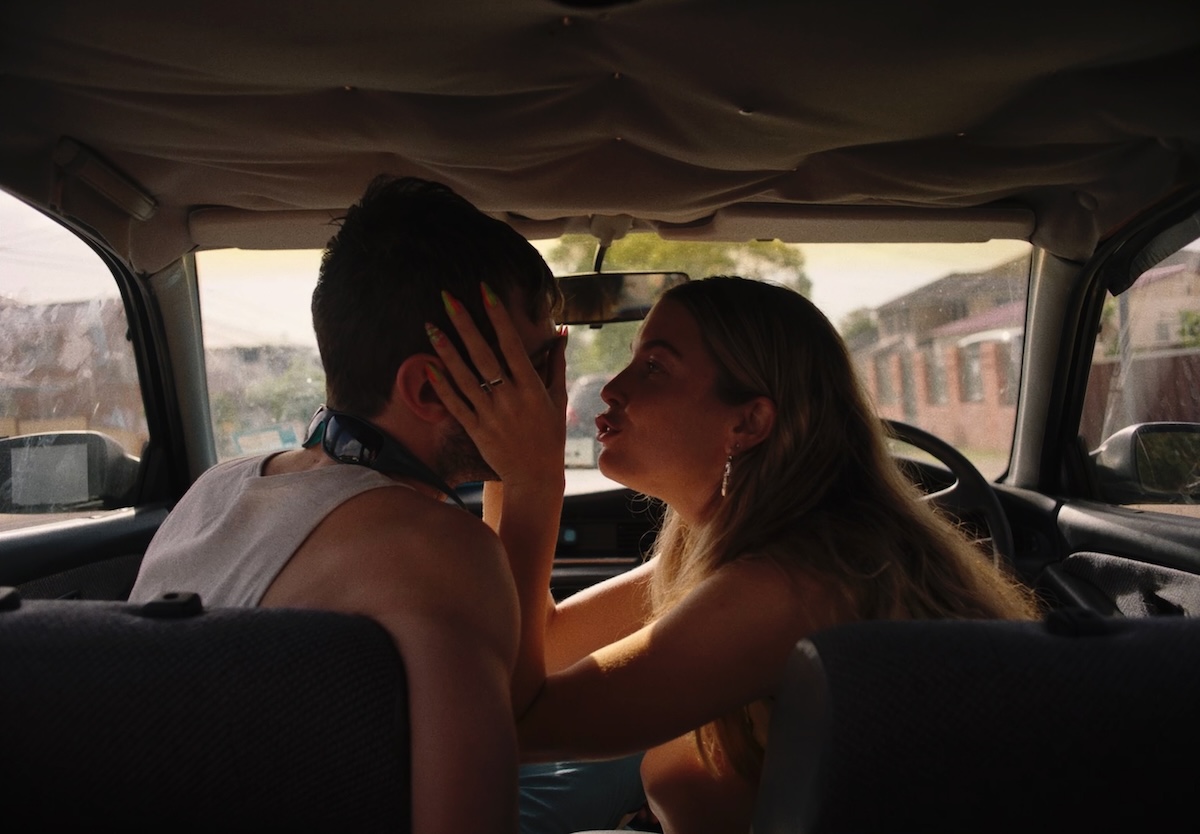
Here is the thinking that is threaded into this unique film.
What is the story behind Yeah The Boys? How did you two come to work together?
Vanessa: It really just started as a casual dance development in a studio with myself and some of my favourite movers, in which we responded to the prompt ‘Aussie masculinity through a feminist lens’. What we unearthed in that session was so fun, silly, and moving at the same time. I thought it would be a waste just to leave it there in the room. So that’s when I asked Stefan to come on board – not just as someone who can direct a film, but as our cultural advisor.
Stefan: It was a tongue-in-cheek way of reversing that narrative around identity, and who gets to tell a story. But very soon, we realised that the input of a white Aussie dude as cultural advisor was genuinely needed in order to sidestep the cheap tropes and ‘toxic masculinity’ cliches. Suddenly, I found myself giving invaluable input on the wardrobe and music of ‘my people’. So ridiculous and silly.
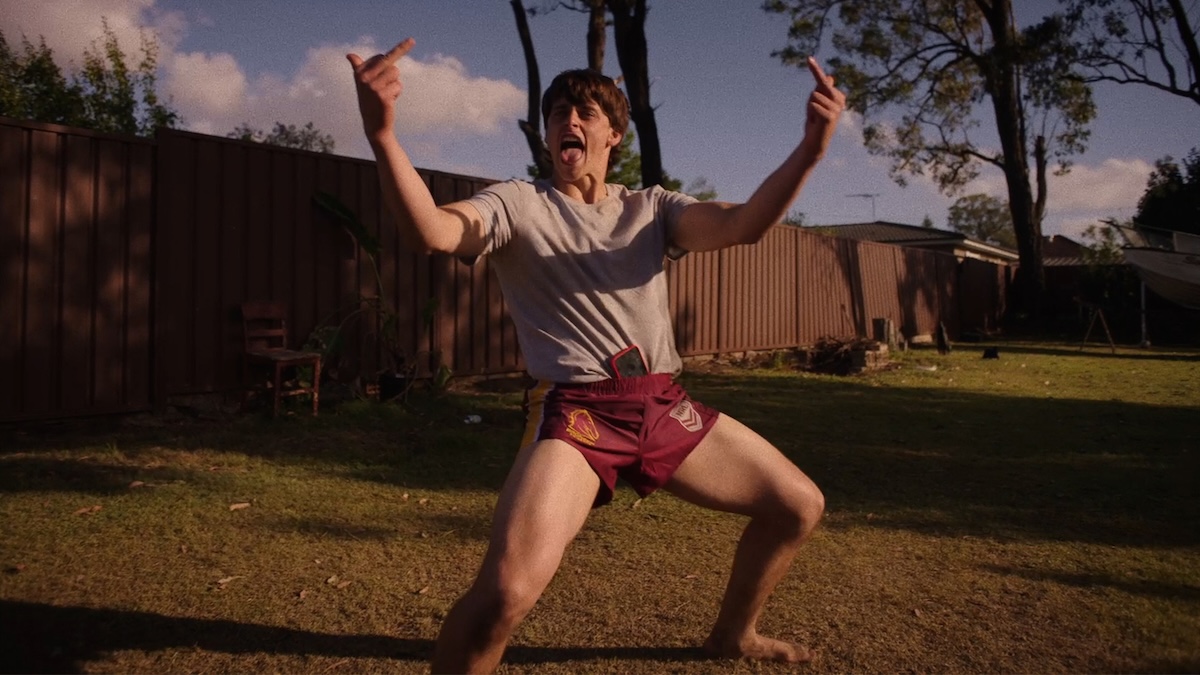
Stylistically, it is strikingly different – where did the idea to tell the story with choreography and no words come from?
Vanessa: We tried dialogue, but I’d stand back and just think, well we can say all that without the words. So, we cut a line here or there and before we knew it, all dialogue was scrapped except for the woman’s. It made perfect sense because men aren’t really known for emoting through words. So, we’d just say it all through chokeholds, shoeys and crowd surfing.
Stefan: And telling this kind of story through movement hasn’t really been done before. So, when we would tell people ‘this is about Aussie masculinity and drinking culture, but told entirely through dance’, you’d clock them registering it as some sort of musical theatre or tap dance number. It was a fun challenge to create something without any real reference point.
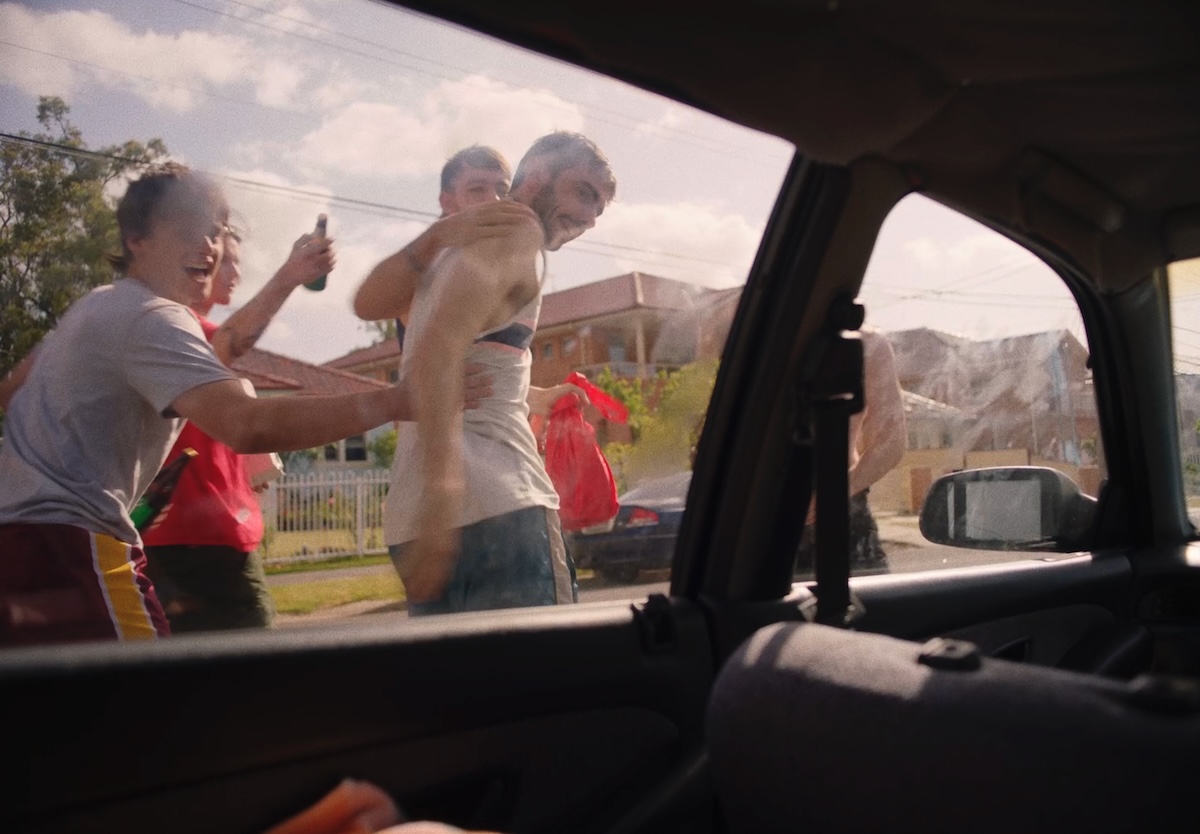
Logistically, it must have been a challenge. Did you cast for people able to handle choreography? How did you achieve the performances?
Vanessa: This was another big thing for me on this project – starting with dancers, then building the film elements around that. These dancers are world class and I wanted to showcase how much you can do with a body that has dance training, even if their final movements read as pedestrian. Dancers can lift, fall, jump, and remember complex choreography, and blocking. If you suddenly decide to change a step, or switch directions, a professional dancer can take it on without any dramas.
I was so excited to start with dance because it’s almost always the other way around for me as a movement director or choreographer. The dance gets slapped onto the project as an after-thought, and I’m brought in at the 11th hour to make it all ‘look pretty’.
Stefan: And as a filmmaker, I saw how important it is to start with dance before building the other elements around that. The casting affects what kind of physicality we can generate, the costume affects the range of movement, the flooring affects how recklessly they can fall, and the camera affects how their energy reads on screen. Now that I’ve seen what you can generate by starting with the movement, it seems wild that someone like Ness is often brought on to a film project after all the elements are already locked in.
It’s the first score the Melbourne electronic music group, The Avalanches has ever done? How did you come to work with the duo?
Stefan: After we had finished choreographing and editing Yeah The Boys, Vanessa and I started talking about who could score the film. We knew we wanted an Australian artist who really understood the culture, and The Avalanches immediately came to mind because of their distinctive sound, full of layered samples and multi-textured tracks. It just felt right.
Vanessa: And so my thought was to use The Avalanches as a reference for a composer, but Stefan, being classic Stefan, insisted on trying to get The Avalanches themselves. The Exit Films team gave us the opportunity to craft an email that would land in their inbox. We laboured over every word in that email.
Stefan: To our surprise, and raging delight, it resonated with them. Their ability to weave together sounds, from kookaburras to nostalgic Aussie beats, added such a richness to the story. We are truly grateful for the experience of collaborating with them, because they take their craft so seriously, and without bringing any sense of ego to the table.
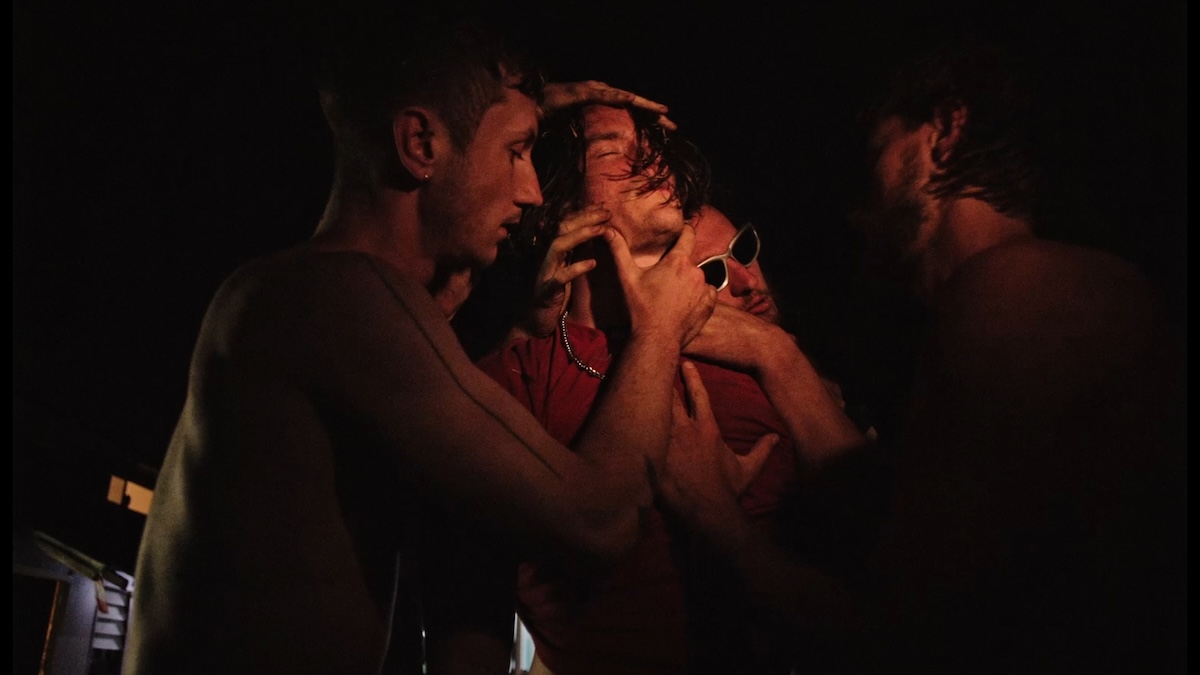
Stefan, what does this film say about the kind of director you are and the skills that you bring to commercials projects?
Stefan: I think my past works have felt colourful, fun and playful, while this piece is a little darker and more restrained. I hope it shows my ability to tell a story, and create something that exists in multitudes, which in this case was a mix of larrikinism, brutality and tenderness. I’d love to bring more of that performance-based storytelling to my commercial work moving forward, and I hope to continue doing it without losing that playful wink.
Stefan, what are you most proud of so far in your career?
Stefan: My last short film, “They Saw The Sun First”, compiled a series of interviews with elderly New Yorkers that was interpreted by young bodies – either through acting, performance art, or dance. That creation process felt really beautiful and moving for Ness and myself, and it was just a bonus that it went on to win a BAFTA and Webby award. We’re truly proud of that one.
Then there was an immersive art festival I created, “We’re All Going To Die”, which was about contemplating your life through the lens of your inevitable death. The overarching message being Fear less, live more. We’re all going to die. Through the We’re All Going To Die movement, I made a short film (narrated by Hugo Weaving), a children’s book for adults, and an immersive festival experience that included death meditations, a neon hearse installation, panel discussions, and some performance art experiences. It has gone on to tour Australia, New Zealand and the US.
I’m also an illustrator and I can’t begin to describe the thrill of seeing your drawings wrapped around a tram or splashed across a giant mural. I think a lot of my analogue art enthusiasm definitely influences a lot of my mixed media film work.
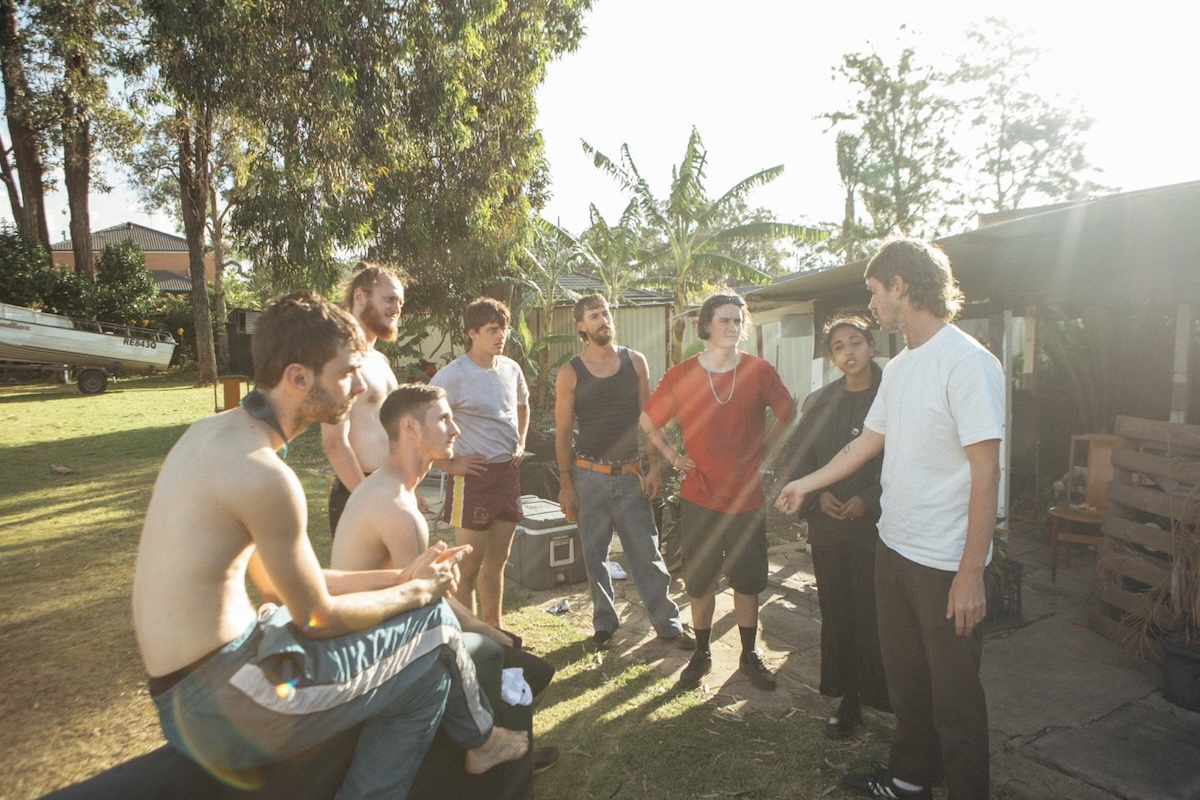
Vanessa, what was your aim in writing the film?
Vanessa: The film doesn’t try to be overly moralistic, but the main question we wanted to ask was, ‘When does larrikinism stop feeling fun?’
We’ve found that, depending on the lived experience or identity of the person, the response is very different. Many women, queer folk and people of colour stop finding it funny (if at all) very early on in the film. That’s not to say the film just went over the heads of Aussie blokes. Many felt such a visceral familiarity with the way the story unfolds and spoke of the discomfort they experienced watching it all sober. For some, that was the first time they’d done that. I don’t expect to change the world with a short film, but I’m definitely moved by the response it’s had. I’m just so stoked to be here honestly.
Stefan and Vanessa are currently developing a satirical TV show about the Aussie dance industry inspired by Vanessa’s personal experiences. This project is being developed through an incubator with Nicky Weinstock’s Invention Studios in LA. They are also working on a feature script that interrogates Australia’s laid-back political culture through the adventures of a riotous surf-punk band.
(BTS Photographer – @leorazakharunah)
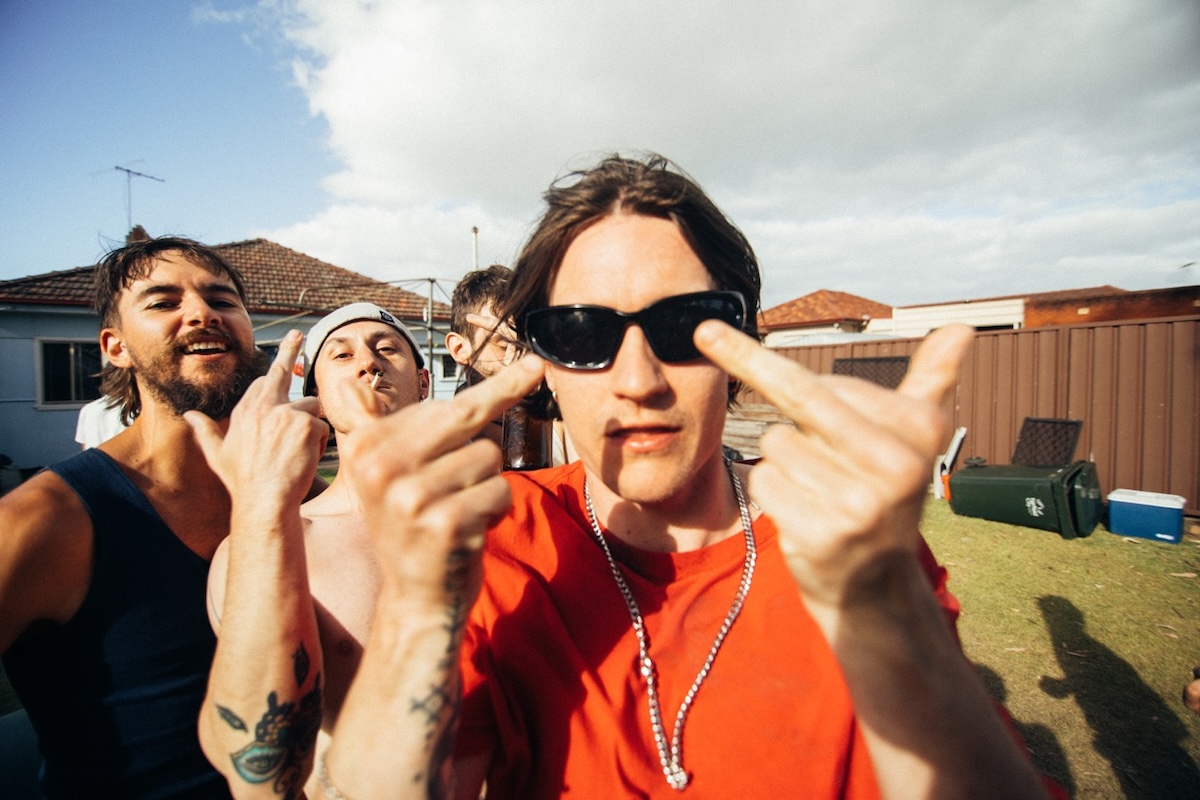

3 Comments
Stef and Ness, the most talented legends around. This is easily the best short I’ve seen this year
In awe of this!! Absolutely unreal.
Brilliant piece, really well done.